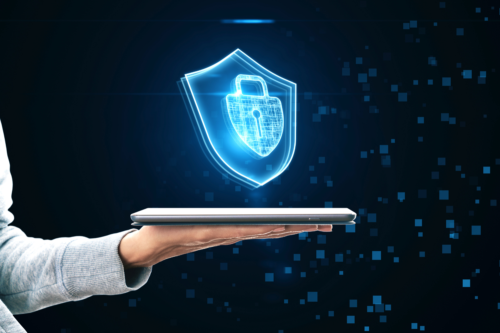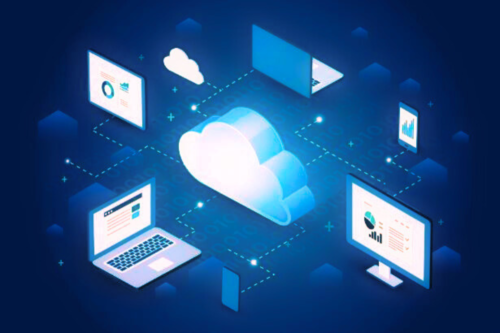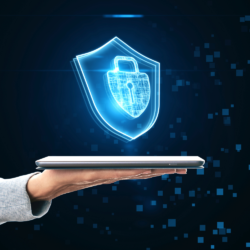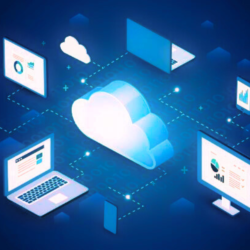How Cybercriminals Work | The Steps To Mitigate Cloud Attacks

For your information, politically-motivated Cybercriminals include members of extremist and radical groups at both ends of the political spectrum. These hackers use the Internet to spread propaganda, attack the Web sites and networks of their political enemies, steal money to fund their militant activities, or plan and coordinate their “real-world” crimes.
Hacking is not necessarily a cybercrime; not all hackers are Cybercriminals. Cybercriminals hack and infiltrate computer systems with malicious intent. While Hackers only seek to find new and innovative ways to use a system, for good or bad. Likewise, cybercriminals differ significantly from threat actors in various ways, the first of which is intent.
Threat Actors conduct targeted attacks, which actively pursue and compromise a target entity’s infrastructure. Cybercriminals are unlikely to focus on a single entity. However, they often perform operations on broad masses of victims. Sometimes, their acts are defined only by similar platform types, online behavior, or programs used; thus, they differ in skills.
Threat actors follow a six-step process, which includes researching targets and moving laterally inside a network. Conversely, cybercriminals are unlikely to follow defined steps to get what they want from their victims. Notwithstanding, some cybercriminals have also adopted targeted attack methodologies in their operations. Thus, it’s essential to stay aware.
Understanding Who Cybercriminals Are On The Cloud Space
First, Cyberterrorism refers to using the Internet and computer skills to disrupt or shut down a country’s critical infrastructure and government services. Although no such large-scale attacks have thus far been implemented, security experts warn that such attacks are or will be within the capabilities of some terrorist organizations and could pose a massive threat.
These threats are sometimes subject to governments and business operations. While perpetrators and their activities are secretive, we do know that their motivations vary. Most bad guys want to steal your money and use several approaches to get it, including those at the bottom of this page. From social engineering threats to ransomware, money is often the main aim.
This may include access to several data types, from credit card information and contact information to IP addresses, usernames, and passwords. As mentioned, political hackers, or ‘hacktivists’ – such as the loose grouping known as Anonymous – put their skills to work, exposing or attacking establishment bodies such as governments, financial institutions, and other entities they see as corrupt.
Employees access data and applications from billions of devices with different capabilities, applications, and operating systems. Endpoint Security is the critical last line of defense in preventing cyber attacks from compromising those devices and protecting sensitive information from falling into the wrong hands. That’s why you need the best data protection tool.
While organizations adopt cloud computing services for greater business agility, the expanded attack surface presents new security challenges. On that note, some elastic, cloud-native solutions help address these challenges with automated workload discovery and visibility, advanced malware detection and prevention, and vulnerability and exploit detection.
Political cybercriminals include members of extremist and radical groups at both ends of the political spectrum who use the Internet to spread propaganda, attack the Web sites and networks of their political enemies, steal money to fund their militant activities, or plan and coordinate their “real-world” crimes.
Examples Include:
- Let’s start with the 1996 case in which “hacktivists” infiltrated the U.S. DOJ through its Web site, deleted the DOJ’s Web files, and replaced them with their pages protesting the recently passed Communications Decency Act.
- Next, the rash of Website Defacements included the message “Free Kevin” (about Kevin Mitnick, who was arrested for computer crimes) in 1998.
- At the same time, we witnessed the “cyberwars” between U.S. and Chinese hackers in the summer of 2000, following international disputes over the landing of a U.S. spy plane in China.
- Finally, we can’t forget the use of botnets in 2007, which Russian hackers used to orchestrate DoS attacks against Estonian commercial and government websites.
Aside from maintaining an up-to-date operating system to address exploitable vulnerabilities, users should adopt the standard best practice of backing up data via the 3-2-1 rule. Users can also consider deploying comprehensive, multi-layered security solutions to protect against ransomware attacks from different entry points. There are other vital measures.
- Mimecast | The Website Data & Emails Cybersecurity Solution
- How Cyber Security Awareness Powers Business Data Protection
- Securi Plugin | No #1 Website Security, Protection & Monitoring Tool
- VaultPress Plugin | #1 WordPress Websites Backup & Security Tool
- The Website Application Troubleshooting Guide For Webmasters
Finally, it should be noted that securing your website is not just about protecting your business—it’s about safeguarding your customers’ trust in your online presence. Fortunately, in the above sections, we have delved deeper into how to secure yourself or your business from cybercriminal threats. But you can Consult Us if you need more support from our team.
At the same time, you can also share some or more of your thoughts in our comments section below this post. Not forgetting, you can also Donate to support what we do or motivate our creative content webmasters for their excellent work. Moreover, we wish you all the best as you secure your website from cyber threats, other Cyber Security Threats, or Attacks.






